New Security Safeguards Coming in 2017

All week, we’ve been passing along tips to guard your financial data as part of National Tax Security Awareness Week. And hopefully we’ve given you some important points to ponder, then put to use. But what’s next?
The tax community – tax professionals, state agencies and the Internal Revenue Service – have been working together since 2015 to get improved safeguards in place. Those measures have already made it harder for identity thieves to file fraudulent returns successfully. But the work is far from done.
The tax industry partnership has come up with new measures for 2017 that focus on “trusted customer” features that help authenticate both the taxpayer and the tax return.
Many of the changes will be going on in the background, invisible to taxpayers. But they are all important steps to better security. Here are a few of the steps being taken in 2017:
- New data elements transmitted by the tax industry with every tax return have been updated and expanded. In all, 37 new data elements will be added for 2017, providing additional information to strengthen the authentication that a tax return is being filed by the real taxpayer.
- Creating a new program between states and the financial industry. This allows banks and others to flag suspicious refunds.
- Expanding the Form W-2 Verification Code initiative. This initiative, started by the IRS last year, expands to 50 million forms in 2017 from 2 million in 2016. When completing a tax return, users enter a 16-digit verification code when prompted by the tax software. Both individuals and tax professionals use this code to validate the information on the Form W-2. The IRS anticipates in future years that the initiative will impact all Forms W-2.
- Continuing to enhance software password requirements for individuals and tax professional users. This provides additional safety prior to filing.
On the personal security front, there are steps you can take to protect your personal data and your identity.
Never routinely carry your Social Security card – or any document that includes your SSN.
ALWAYS use anti-malware security software on your digital devices. That includes computers, tablets and mobile phones.
Avoid phishing scams trying to trick you into disclosing your passwords or Social Security Number. Neither the IRS nor your tax software provider will ask you to update your account by clocking an email link.
Always use strong passwords that are both long and complex. Use a combination of letters, numbers and special characters. Don’t use the same password for multiple accounts.
The job of protecting your data is taken very seriously by the entire income tax community. But whether a tax pro or a taxpayer, we need your help to make all these steps work. Taxpayers can check out the Taxes. Security. Together. website, while tax pros are urged to visit Protect Clients; Protect Yourself.
Join us.



